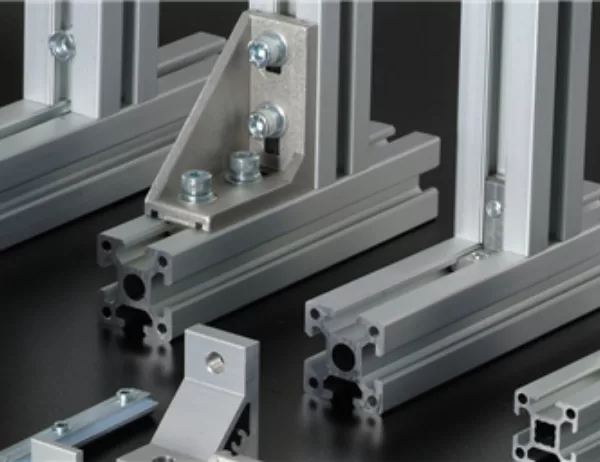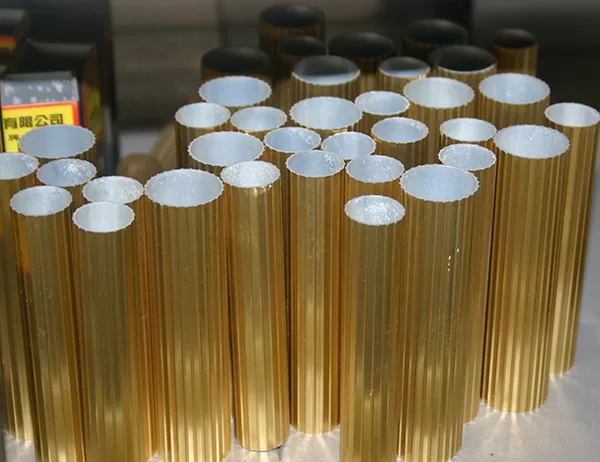In the automotive industry, the efficient dissipation of heat is crucial to maintain optimal performance and extend component lifespan. Aluminium heat sinks have emerged as the preferred solution for managing thermal challenges in various automotive applications. This article delves into the applications, benefits, and design considerations of aluminium heat sinks, highlighting their significance in enhancing automotive performance.
Applications of Aluminium Heat Sinks in Automotive Sector
Aluminium heat sinks find widespread application in automotive systems, including:
Engine Cooling: Aluminium heat sinks dissipate heat from engine components such as cylinders and manifolds, preventing overheating and maintaining optimal engine temperature.
Transmission Cooling: Heat sinks effectively cool transmission systems, reducing friction and wear, thereby extending transmission life.
HVAC Systems: Heat sinks regulate temperatures in heating, ventilation, and air conditioning (HVAC) systems, ensuring passenger comfort and preventing component damage due to excessive heat.
Power Electronics: Aluminium heat sinks dissipate heat from power electronic devices such as inverters, controllers, and sensors, increasing their efficiency and reliability.
Benefits of Aluminium Heat Sinks for Automotive Applications
Aluminium heat sinks offer numerous advantages in automotive applications:
High Thermal Conductivity: Aluminium exhibits excellent thermal conductivity, enabling efficient heat transfer from hot components to the surrounding environment.
Lightweight: Aluminium heat sinks weigh significantly less compared to copper or steel alternatives, reducing vehicle weight and improving fuel efficiency.
Corrosion Resistance: Aluminium’s inherent corrosion resistance prevents degradation in harsh automotive environments, ensuring long-term performance.
Formability: Aluminium’s malleability allows for easy customization and manufacturing of complex shapes to meet specific application requirements.
Design Considerations for Aluminium Heat Sinks
When designing aluminium heat sinks for automotive applications, several factors must be considered:
Surface Area: Maximizing surface area enhances heat dissipation, ensuring effective cooling.
Fin Density: Higher fin density increases surface area and improves thermal performance.
Airflow Optimization: Proper airflow management through the heat sink is crucial for efficient heat transfer.
Thermal Interface Materials: Thermal greases or pads optimize contact between the heat sink and the hot component, improving heat transfer.
Conclusion
Aluminium heat sinks play a vital role in managing thermal challenges in automotive systems. Their high thermal conductivity, lightweight, corrosion resistance, and formability make them ideal for applications ranging from engine cooling to power electronics. By carefully considering design factors such as surface area, fin density, airflow optimization, and thermal interface materials, engineers can effectively utilize aluminium heat sinks to enhance automotive performance and extend component lifespan.




